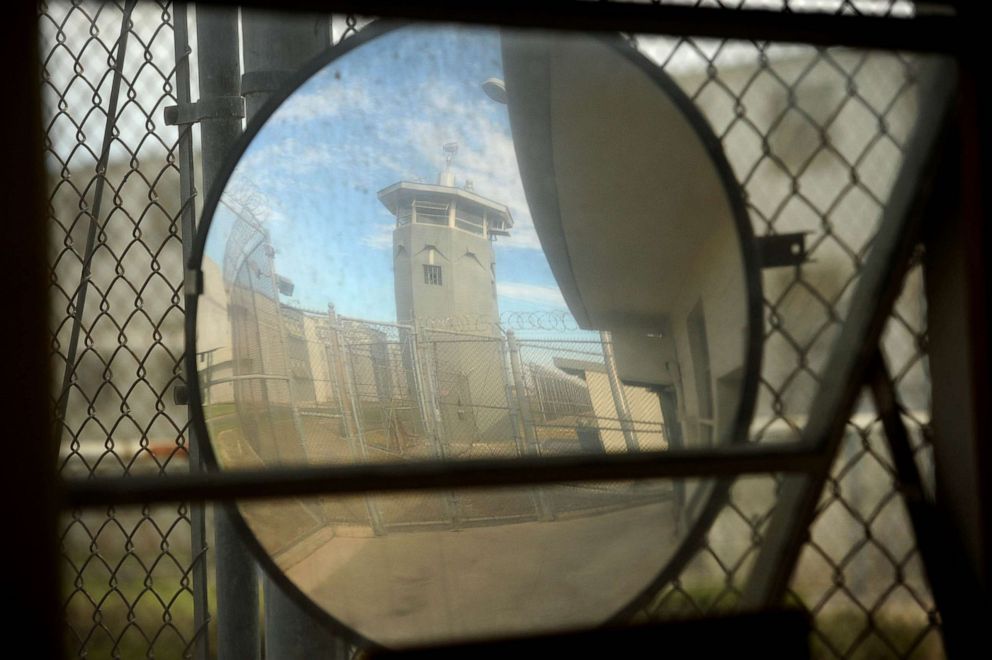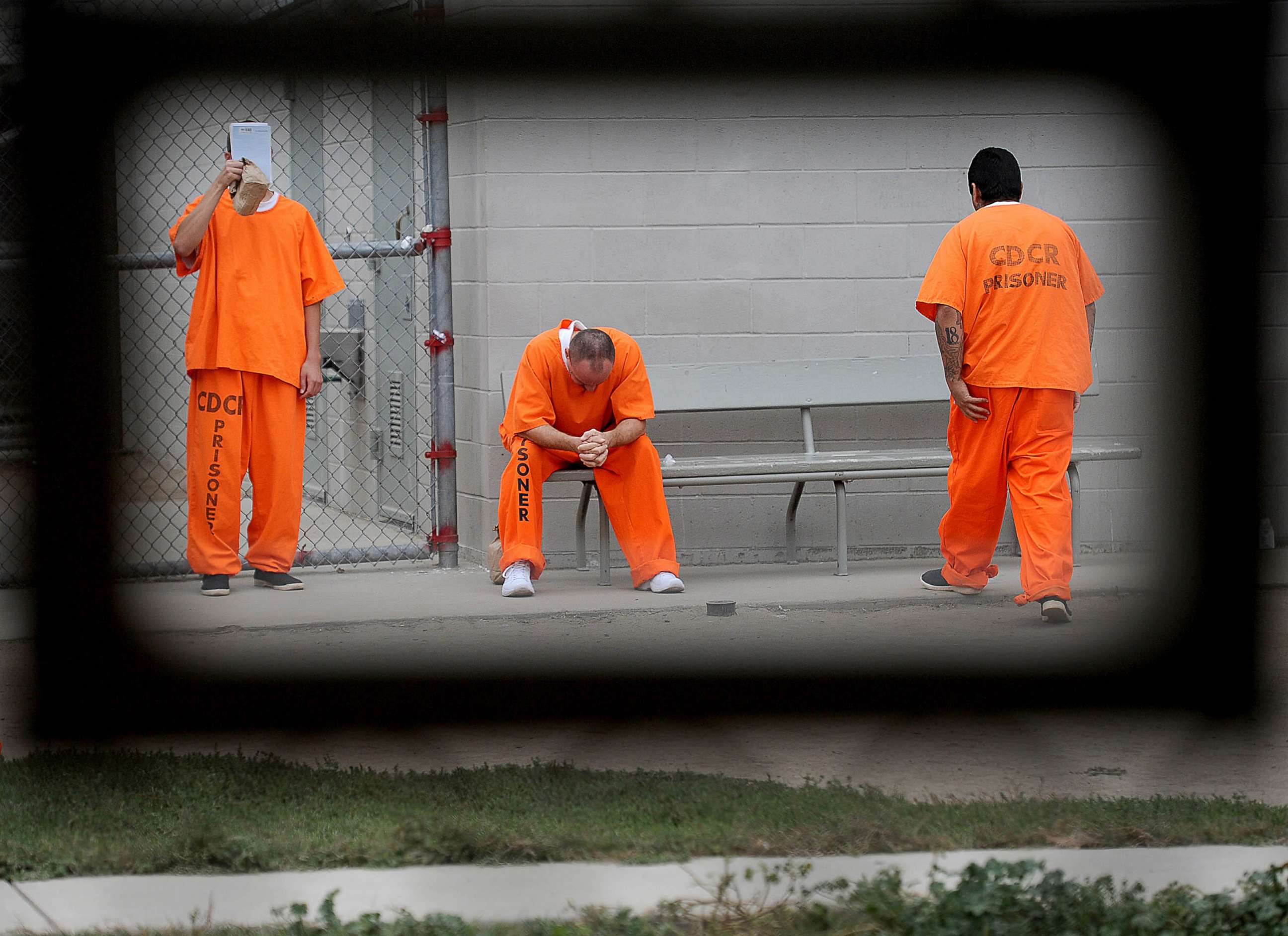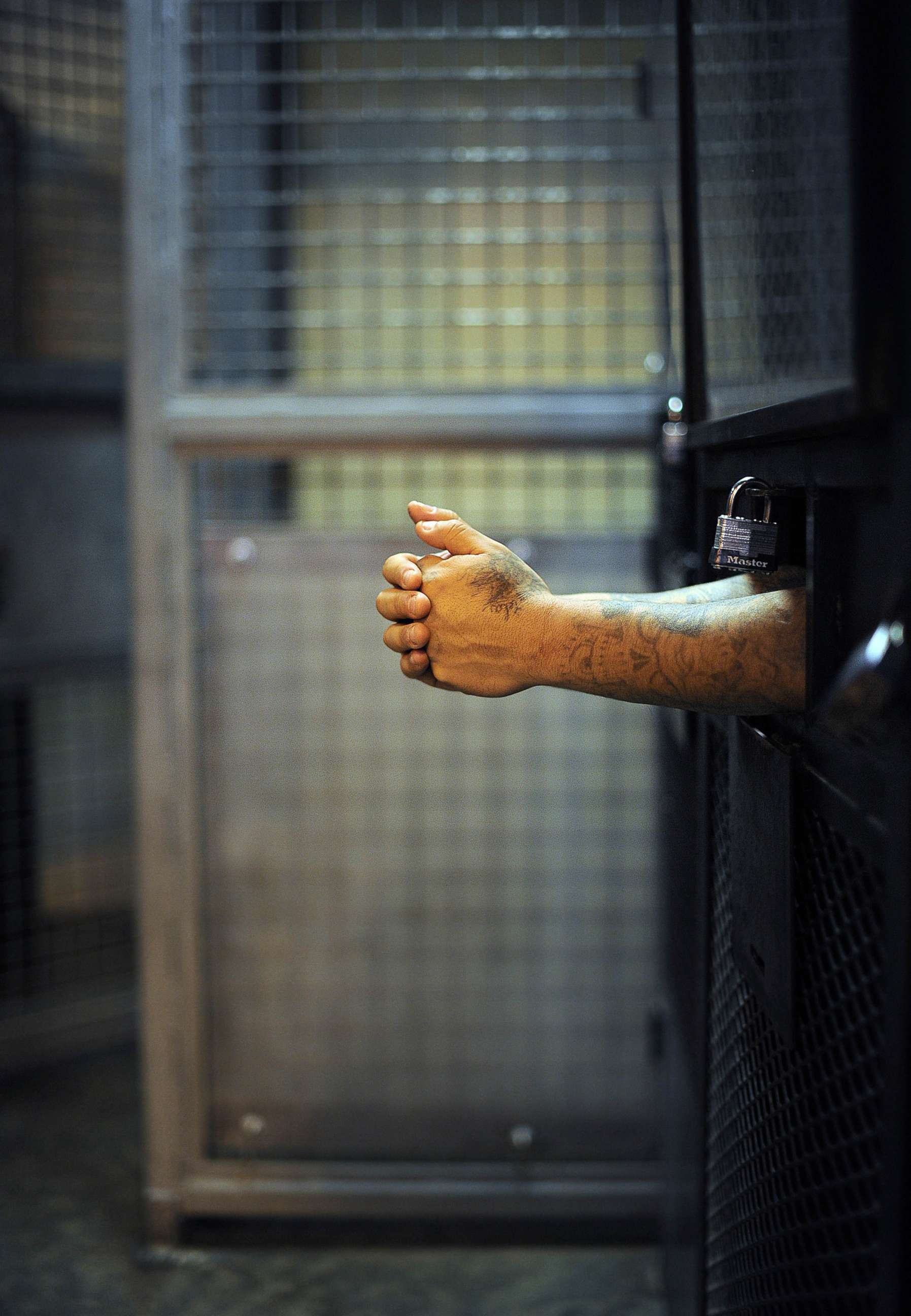76,000 California inmates eligible for early release with increased good behavior credits
"Our focus is on a person’s rehabilitation and good behavior," an official said.
California has increased early release credits for some 76,000 inmates throughout the state to incentivize good behavior and participation in rehabilitation programs.
More than 63,000 inmates convicted of violent crimes will be eligible for good behavior credits to shorten their sentence by one-third, instead of the one-fifth rule that was in place since 2017, the Associated Press reported.
Nearly 20,000 inmates who are serving life sentences with the possibility of parole will also be eligible for the credits.
Over 10,000 inmates convicted of a second serious but nonviolent offense will be eligible for release after serving half their life sentences -- an increase from the current time-served credit of one-third of their sentence.
The increased credits took effect Saturday. The move stems from the successful 2016 vote on Proposition 57, the Public Safety and Rehabilitation Act of 2016, which sought to “incentivize incarcerated people to take responsibility for their own rehabilitation by providing credit-earning opportunities for sustained good behavior, as well as in-prison program and activities participation.”

Under the proposition, inmates could earn credits for participating in rehab programs, education merit credits, and other completing other milestones.
These credits move up parole consideration of people convicted of nonviolent crimes who have served the full term of the sentence for their primary offense and demonstrate they would not pose a risk to the community if released, according to the California Department of Corrections and Rehabilitation.
The changes were approved this week by the state Office of Administrative Law.

"This effort incentivizes incarcerated individuals to have sustained good behavior and encourages them to participate in rehabilitation programs which reduces recidivism to make our communities safer. Our department’s focus is on a person’s rehabilitation and good behavior," department spokeswoman Dana Simas told ABC News.
Simas said the increased credits were submitted to ensure the opportunity for public comment on the matter and the change was approved in the 2020-21 state budget. She said the regulations of the credits are still subject to official approval.
She stated these changes “do not result in the automatic release of incarcerated individuals.”
However, some critics say the good conduct credits won't necessarily result in good behavior.
Kent Scheidegger, legal director of the Criminal Justice Legal Foundation that represents crime victims, said to the AP, "You don't have to be good to get good time credits. People who lose good time credits for misconduct get them back, they don't stay gone."
"They could be a useful device for managing the population if they had more teeth in them. But they don't. They're in reality just a giveaway," he added.

California has the nation’s largest state correctional system and in 2011 the Supreme Court ordered the state to reduce its prison population which peaked at 160,000 in 2006.
Before the pandemic hit, the population had dropped to 117,00 inmates. In the last year, 21,000 more have left state prisons -- with about half being held temporarily in county jails, AP reported.
Two prisons have recently announced closures due to the dwindling prison population. The California Correctional Center in Susanville will close by July 2022 and the Deuel Vocational Institution in Tracy, east of San Francisco, will close by October.




